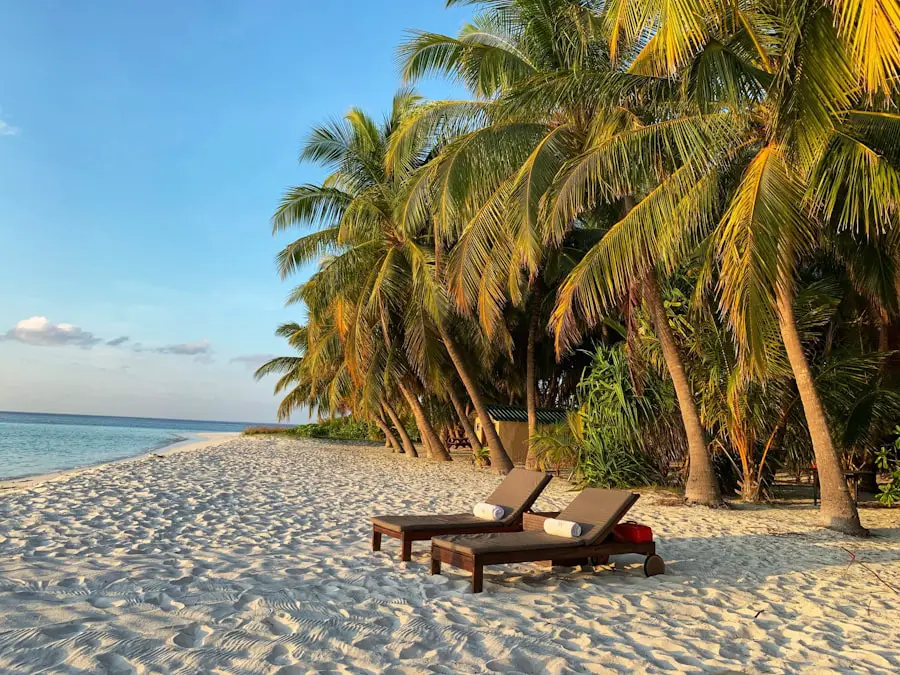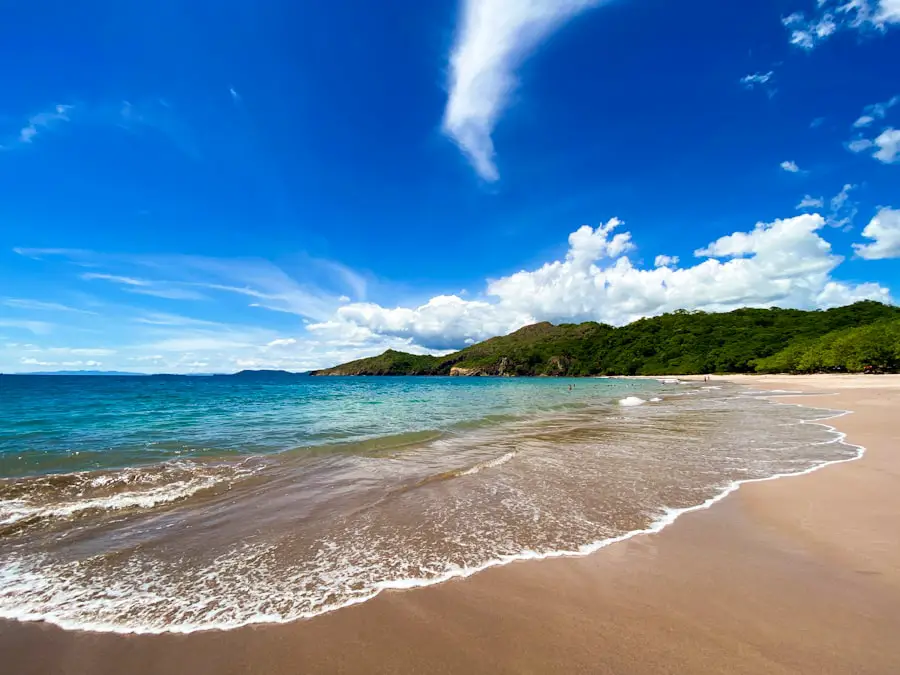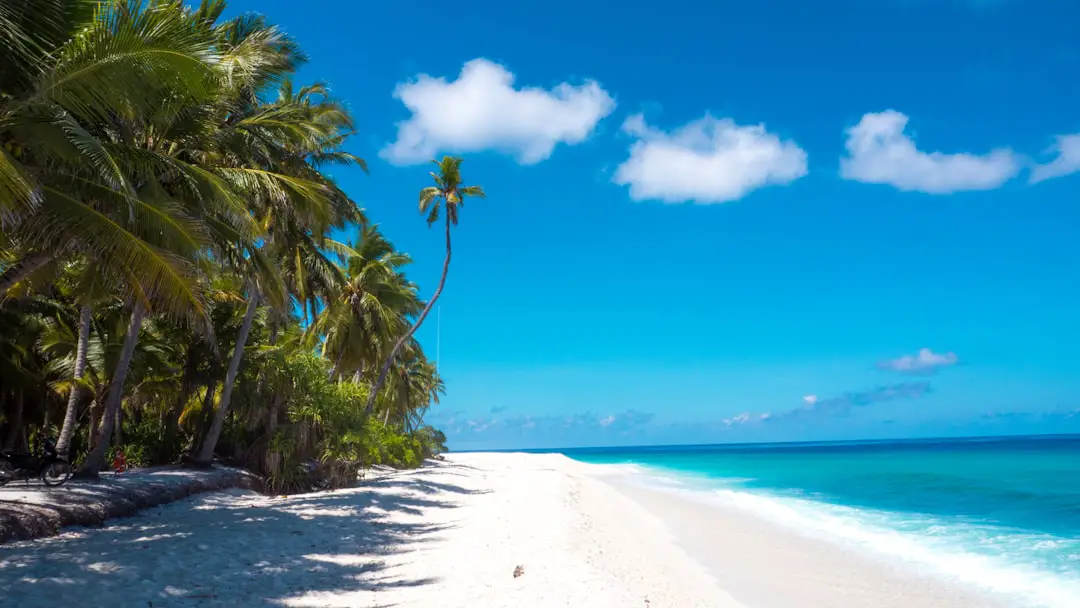The United States Virgin Islands (USVI) is a captivating Caribbean destination that boasts a rich tapestry of culture, history, and natural beauty. Comprising three main islands—St. Thomas, St. John, and St. Croix—along with numerous smaller islets, the USVI offers a diverse range of experiences for travelers. Each island has its own unique character; St. Thomas is known for its bustling ports and vibrant nightlife, St. John is celebrated for its pristine national parks and tranquil beaches, while St. Croix is rich in historical sites and cultural diversity. The islands are not only a paradise for beach lovers but also a haven for those interested in exploring the local heritage, culinary delights, and outdoor adventures. The US Virgin Islands are steeped in history, having been influenced by various cultures over the centuries, including the Taino Indians, Danish colonizers, and African slaves. This blend of influences is evident in the islands’ architecture, music, and cuisine. Visitors can explore historic towns like Charlotte Amalie on St. Thomas, with its colonial buildings and forts, or the charming streets of Christiansted on St. Croix, where Danish architecture tells tales of the past. The islands’ natural beauty is equally compelling, with crystal-clear waters, lush landscapes, and vibrant coral reefs that attract snorkelers and divers from around the globe.
Key Takeaways
- The US Virgin Islands are a popular Caribbean destination known for their beautiful beaches, rich history, and vibrant culture.
- Peak season in the US Virgin Islands is from December to March, with warm weather and plenty of activities and events.
- Shoulder season, from April to June, offers slightly lower prices and fewer crowds, while still enjoying great weather and outdoor activities.
- Low season, from July to October, is the hottest and rainiest time of year, but also offers the best deals on accommodations and activities.
- The weather in the US Virgin Islands is consistently warm and sunny, with temperatures ranging from 77°F to 83°F throughout the year.
Peak Season: December to March
The peak season for tourism in the US Virgin Islands runs from December to March, coinciding with the winter months in North America and Europe. During this time, travelers flock to the islands to escape the cold weather back home, leading to a vibrant atmosphere filled with visitors eager to soak up the sun. The peak season is characterized by warm temperatures averaging between 75°F to 85°F (24°C to 29°C), making it an ideal time for beach activities, water sports, and outdoor exploration.
Accommodations during this period tend to fill up quickly, and prices can be significantly higher than during other times of the year. Many resorts and hotels offer special packages and promotions to attract guests, but it is advisable to book well in advance to secure the best options. Popular activities during peak season include sailing excursions, snorkeling trips to the Virgin Islands National Park, and enjoying local festivals that celebrate the islands’ culture.
The vibrant nightlife on St. Thomas also comes alive during this time, with numerous bars and restaurants offering live music and entertainment.
Shoulder Season: April to June

Following the peak season, the shoulder season from April to June presents a wonderful opportunity for travelers seeking a balance between favorable weather and fewer crowds. During these months, temperatures remain warm, typically ranging from 75°F to 88°F (24°C to 31°C), but the influx of tourists begins to taper off as families return home after spring break. This period is particularly appealing for those who prefer a more relaxed atmosphere while still enjoying the beauty of the islands.
Travelers visiting during the shoulder season can take advantage of lower accommodation rates and more availability at popular attractions. This is an excellent time for outdoor activities such as hiking in the Virgin Islands National Park on St. John or exploring the underwater wonders of Buck Island off St.
Croix’s coast. Additionally, many local businesses offer discounts or special promotions to attract visitors during this quieter time. The shoulder season also marks the beginning of the summer festival season, with events celebrating local culture and traditions.
Low Season: July to October
| Metrics | Data |
|---|---|
| Number of tourists | Low |
| Hotel occupancy | Decreased |
| Flight availability | Reduced |
| Average temperature | Mild |
The low season in the US Virgin Islands spans from July to October and is characterized by warmer temperatures and increased humidity. Average temperatures can reach up to 90°F (32°C), making it essential for travelers to stay hydrated and seek shade during peak sun hours. This period coincides with the Atlantic hurricane season, which can lead to unpredictable weather patterns; however, significant storms are not guaranteed every year.
Despite these challenges, visiting during the low season can be rewarding for those willing to embrace the potential for rain and humidity. Travelers can enjoy significantly lower prices on accommodations and activities, as many resorts offer enticing deals to attract visitors during this quieter time. The beaches are less crowded, allowing for a more intimate experience with nature.
Additionally, local events such as Carnival celebrations on St. Thomas and St. John provide a unique glimpse into the vibrant culture of the islands, showcasing colorful parades, music, and traditional cuisine.
Weather and Climate in the US Virgin Islands
The climate in the US Virgin Islands is classified as tropical maritime, characterized by warm temperatures year-round and relatively high humidity levels. The islands experience two main seasons: a dry season from December to May and a wet season from June to November. The average annual temperature hovers around 80°F (27°C), making it an attractive destination for sun-seekers throughout the year.
Rainfall is more prevalent during the wet season, particularly in September and October when tropical storms are more likely to occur. However, even during these months, rain showers are often brief and followed by sunshine. The trade winds that blow through the region help moderate temperatures and provide a refreshing breeze that enhances comfort levels for outdoor activities.
Understanding these climatic patterns can help travelers plan their trips more effectively, ensuring they pack appropriately for varying weather conditions.
Special Events and Festivals

The US Virgin Islands are home to a rich array of cultural events and festivals that reflect their diverse heritage and vibrant community spirit. One of the most notable celebrations is Carnival, which takes place annually on each of the main islands at different times throughout the year. St. Thomas Carnival typically occurs in late April or early May and features colorful parades filled with elaborate costumes, lively music, and traditional dance performances that showcase African and Caribbean influences. St. John’s Carnival takes place in late June or early July and includes similar festivities with a focus on local culture and community involvement. St. Croix Carnival is celebrated in December and January, culminating in a grand parade that attracts both locals and tourists alike. These events provide an excellent opportunity for visitors to immerse themselves in the local culture while enjoying delicious food, music, and dance. In addition to Carnival celebrations, other events such as the Virgin Islands Food Festival highlight the islands’ culinary diversity by showcasing local chefs and traditional dishes made from fresh ingredients sourced from land and sea. Music festivals celebrating reggae, calypso, and other Caribbean genres also draw crowds eager to experience live performances by talented artists.
Tips for Traveling to the US Virgin Islands
Traveling to the US Virgin Islands requires some planning to ensure a smooth experience upon arrival. First and foremost, travelers should be aware of entry requirements; U.S. citizens do not need a passport to visit since the islands are a U.S.
territory. However, non-U.S. citizens should check visa requirements before traveling.
When packing for a trip to the USVI, it’s essential to consider both beachwear and casual clothing suitable for dining out or exploring local attractions. Lightweight fabrics are ideal due to the warm climate; however, it’s also wise to bring a light jacket or sweater for cooler evenings or air-conditioned spaces. Transportation options within the islands include rental cars, taxis, and ferries connecting St.
Thomas with St. John and St. Croix.
Renting a car can provide greater flexibility for exploring remote beaches or hiking trails; however, be prepared for narrow roads and hilly terrain. Lastly, travelers should familiarize themselves with local customs and etiquette to enhance their experience while respecting island culture. Engaging with locals can lead to memorable interactions that enrich one’s understanding of life in the US Virgin Islands.
Choosing the Best Time to Visit
Selecting the best time to visit the US Virgin Islands ultimately depends on individual preferences regarding weather conditions, crowd levels, and budget considerations. Each season offers unique advantages that cater to different types of travelers—whether one seeks vibrant festivities during peak season or tranquil exploration during low season. Understanding seasonal variations in weather patterns can help visitors make informed decisions about their travel plans while maximizing their enjoyment of this stunning Caribbean destination.
With its breathtaking landscapes, rich cultural heritage, and welcoming atmosphere, the US Virgin Islands remain an alluring choice for travelers year-round.
If you are planning a trip to the US Virgin Islands, you may also want to consider bringing along the best travel razor for a smooth shave while on vacation. Check out this article on the best travel razor to ensure you look your best while exploring the beautiful beaches and attractions of the islands.
FAQs
What is the best time to travel to the US Virgin Islands?
The best time to travel to the US Virgin Islands is during the winter months of December to April when the weather is dry and temperatures are comfortable.
What is the weather like in the US Virgin Islands during the best time to travel?
During the best time to travel to the US Virgin Islands, the weather is typically sunny with temperatures ranging from the mid-70s to mid-80s Fahrenheit.
Are there any specific events or festivals during the best time to travel to the US Virgin Islands?
The US Virgin Islands hosts various events and festivals throughout the year, including the St. Thomas Carnival in April and the St. John Festival in June and July.
Is it more crowded during the best time to travel to the US Virgin Islands?
The US Virgin Islands can be more crowded during the best time to travel, especially during the peak winter months when many tourists visit to escape the cold weather in other parts of the world.
Are there any specific activities or attractions that are best enjoyed during the best time to travel to the US Virgin Islands?
During the best time to travel to the US Virgin Islands, visitors can enjoy activities such as snorkeling, diving, sailing, and exploring the beautiful beaches and national parks.

1 thought on “Best Time to Travel to US Virgin Islands: A Seasonal Guide”